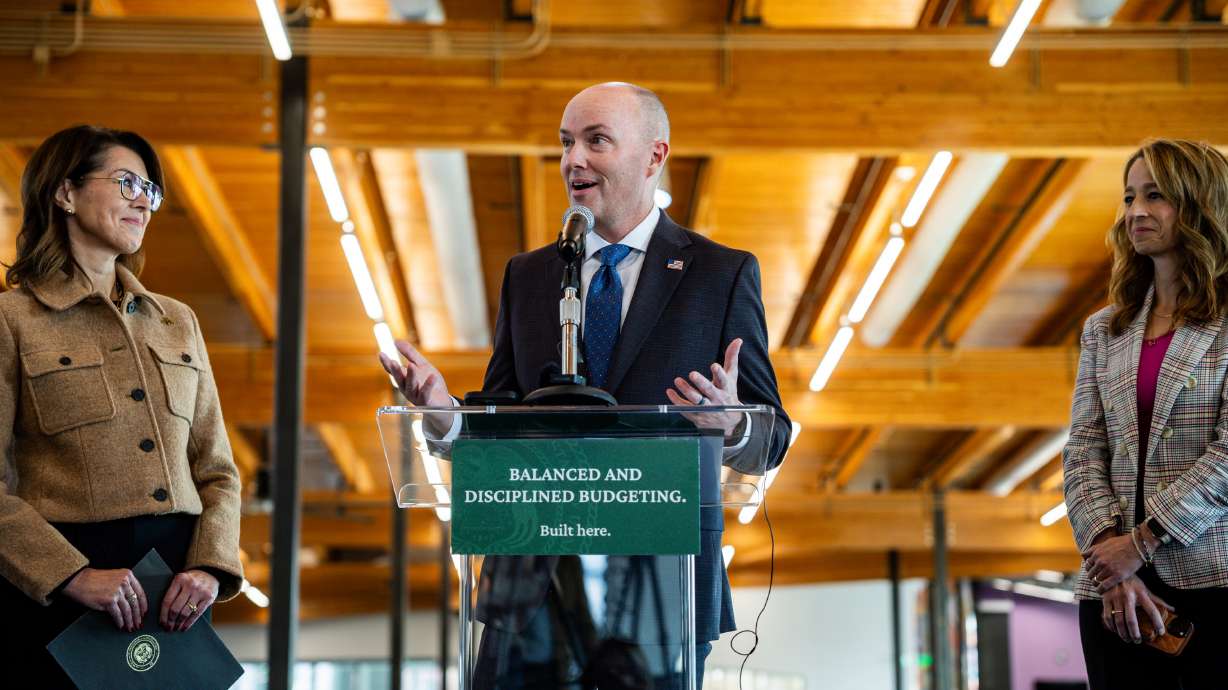A legislative audit released this morning notes that “accurate water use data is critical” for managing the state’s water resources, while concluding, after research, that the data relied upon by state planners “contains significant inaccuracies”—inaccuracies which were admitted to, and known by, these government officials.
In some cases, the reported usage of water by some cities did not match the numbers listed in internal city reports. In one case, a city reported water usage for 2012 that was actually the data from another city with the same name in the state of New York.
The gravity of this mangled data is significant when considering the taxpayer investments made in water infrastructure throughout the state. The executive director of the Utah Rivers Council, for example, told the Deseret News today that, “The Division of Water Resources has been using bad data to support billions of dollars in unnecessary spending for massive water projects.” These same water managers who have been providing incorrect data—regarding the very reason for which they are employed—project that the state will need to spend $33 billion over the next several decades to repair current systems and expand supply.
Utah is a desert state where water is a precious commodity. Families throughout the state are being required by city planners to conserve water and only operate irrigation systems on certain days. The Governor has sung the same tune, encouraging Utahns to reduce their water use; in 2013, he created a Water Strategy Advisory Team in 2013 to produce a 50-year water strategy plan.
Eric Millis sits on that team, and is director of the Utah Division of Water which has been collecting and acting upon incorrect data, as alleged in the audit. While the Division attempts every five years to validate the data they receive from local water providers, auditors say that the Division’s supposed fact-checking is “inefficient” while also questioning “the effectiveness of the division’s efforts to validate the data.”
These efforts reflect the predictable problems inherent in central planning—fudged data, improper oversight, lazy reporting, or bad decisions inefficiently allocating scarce resources are hallmark consequences of this approach. An alternative and proper route would be to introduce market forces into water allocation. Auditors noted that “Utah’s existing price structure does not adequately encourage conservation,” in part because of “the use of property tax to subsidize the cost of water [which] may lead to an increase in use.” In other words, because people do not feel the direct cost of the resources they consume, their decision as to how much they consume is altered. If people were required to pay for exactly what they used, and if prices rose due to scarcity, people would self-regulate at the point where the cost of water was no longer worth watering the lawn daily, or taking two showers, or otherwise using water at a higher rate than is necessary.
The auditors agreed in their report, noting that “Property taxes provide a stable source of revenue to some water districts. However, if water rates do not represent the full cost of water service, users may overuse the resource. By reducing property taxes for water and increasing prices on water use to be revenue neutral, consumers would be empowered to make market-based decisions.”
We encourage this approach, as it adheres to the free market policy required in the Utah Constitution. Central planning has historically been a failure on every front and in every case; Utah should reject the model of top-down regulation and repeal the property tax subsidies so that Utahns are empowered to self-govern and make their own decisions, free from government plans, marketing campaigns, and policy initiatives pleading with them to reduce their (subsidized) water use.





